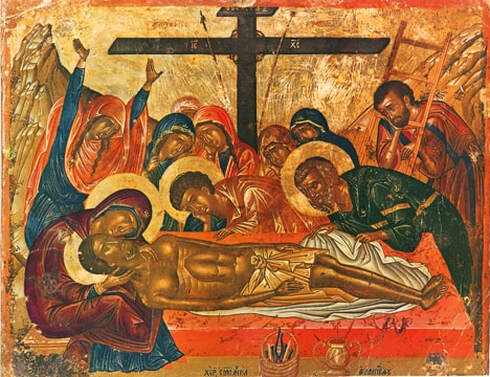Gospel Reading: Matthew 27:62-66 – Other significant readings: Prophecy: Ezekiel 37:1-14, Epistle: 1Corinthians 5:6-8 & Galatians 3:13-14
The kouvouklion symbolizes Christ’s tomb. Upon His death, Christ did not simply remain in the tomb. In fact, he descended into Hades, broke the bonds of death, and freed the people who were tied down in Hades. In fact, the procession of the Epitaphion symbolizes Christ journey into Hades. As the fulfillment of the Law and the Prophets, Christ does an incredible work on the Sabbath – freeing mankind from the bonds and fetters of sin and death. Those to whom He preached and accepted His word we led out of Hades and we brought into Paradise. When we think of a tomb, a grave, no doubt one of the thoughts we have is of decay, uncleanness, and general nastiness. Yet Christ’s tomb remained immaculate. He was in it for less than 48 hours, but it spanned three days; Friday (His death and entombment), Saturday (the Sabbath), and Sunday (when He rises from the dead). Christ turns what was only morbid and filthy into a place of life and light. Life because He rises from the dead. Light because He is the Light of the world and leads all who are willing to eternal life. Remember, in Jerusalem, at the Church of the Holy Sepulcher, the Orthodox Church receives the uncreated light at the time of the resurrection every single year. What was dark has become light, and what was death has brought forth life. During the service of the Lamentations (really the Orthros for Holy Saturday), it starts out with great solemnity, sobriety, and sorrow. The hymns lead us to contemplate how the Creator of man was buried after His brutal death. There are three sets of lamentations that are sung, and all of them recount the condescension – the humility – of Christ to accept His passion, death, and burial. They also note the great anguish this is for mankind to have its Creator killed and buried. The first set begins with the hymn, (H Zoe en tafo) “You O Christ the Life, was laid in the tomb, and armies of angels were amazed, and they glorified Your condescension.” The second begins, (Axion esti) “It is right to magnify You, the Giver of Life, You Who extended Your hands upon the cross, and shattered the power of the enemy.” The third begins, (Ai yeneai pasai) “All generations offer adoration to your entombment O Christ.” Each of these three sets of hymns are sung in front of the Epitaphion. During the third set, the priest sings, “Early in the morning the myrrh-bearing women came to the tomb, early in the morning, to sprinkle myrrh.” Then the priest takes myrrh (we use rose water cut with a little bit of orange blossom water) and sprinkles the church and the congregation. Shortly thereafter, the Epitaphion is processed around the church and the people receive the blessing from Christ through His icon as they pass underneath it. After the procession, the mood of the hymns changes radically. The hymns and readings now look to the hope of the resurrection. A little before the singing of the lamentations, the priests often change their vestments from purple (a sign of sorrow) to white or gold (a sign of light, life, and hope). The prophecy from Ezekiel (37:1-14) describes a vision Ezekiel has of the resurrection of the dead, which has come true upon the death of Christ (see Matthew 27:45-53). The epistle reading from St. Paul’s letter to the Galatians describes the New Covenant that has been established by Christ redeeming us from the curse of the law. The Gospel lesson recounts how the chief priests asked Pilate for a guard to watch the tomb in case one of the disciples were to come and steal the body. Pilate tells them to guard the tomb themselves (which they did). After the services, of course, the flowers from the kouvouklion are taken off and offered to the people. With Love in Christ, +Fr. Nick Comments are closed.
|
AuthorsMessages written by the clergy of our parish. Archives
May 2021
Categories
All
|
© 2023
Saint Nicholas Greek Orthodox Church
3109 Scio Church Road, Ann Arbor, MI 48103
Phone: (734) 332-8200
Fax: (734) 332-8201
Saint Nicholas Greek Orthodox Church
3109 Scio Church Road, Ann Arbor, MI 48103
Phone: (734) 332-8200
Fax: (734) 332-8201


 RSS Feed
RSS Feed
